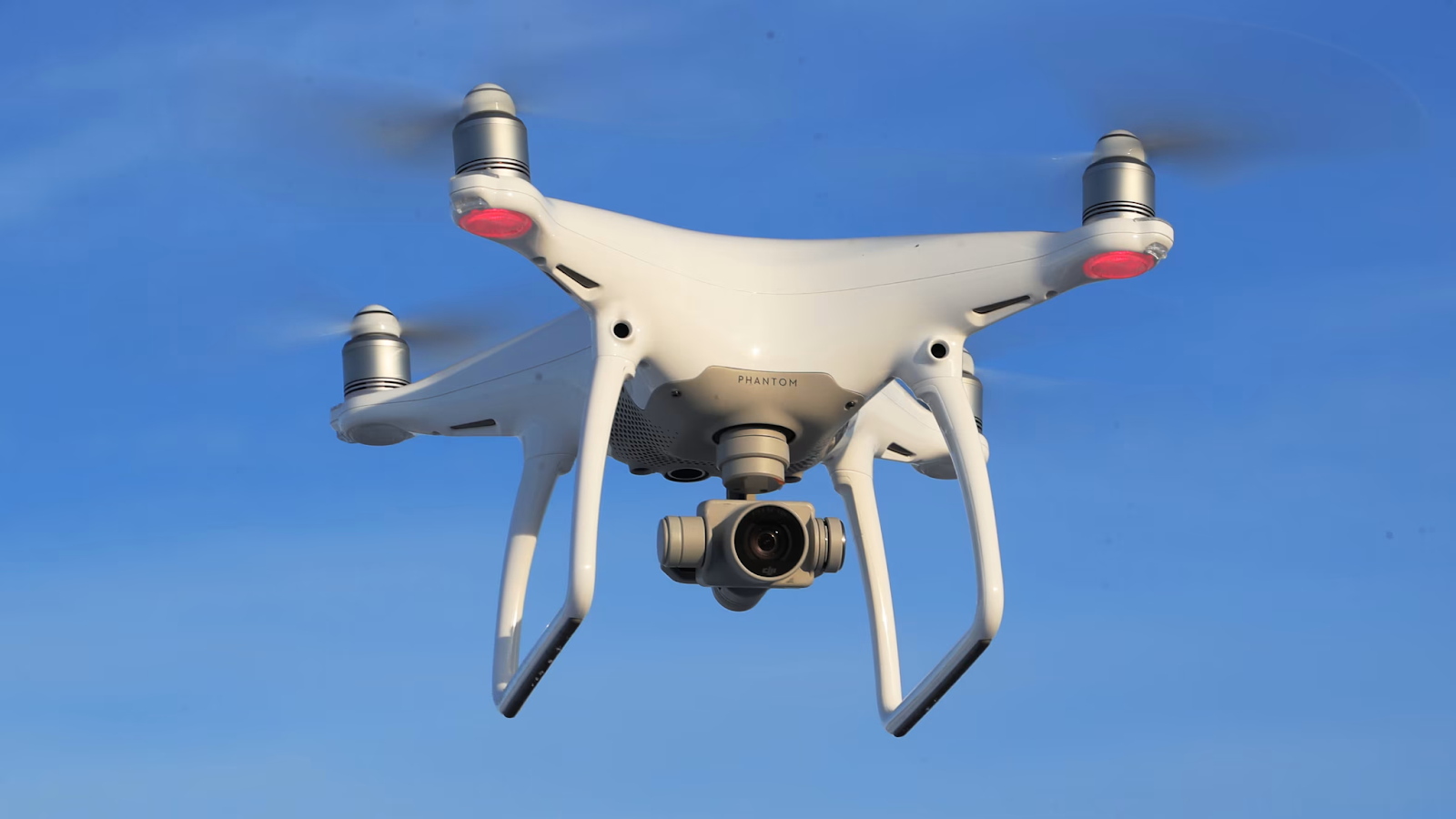Flying Code: How Web Development Takes to the Skies with Drones
The modern world of web development is constantly evolving, striving for new heights and innovations. One of the most exciting and promising areas of development is the use of drones in the process of creating web applications. Flying code is not just a fashionable trend, but also a revolutionary technology that can change the face of web development.
1. Why drones?
To understand the benefits of using drones in web development, it is important to consider the features of these devices. Drones provide the unique ability to capture space from above, which is useful for many aspects of development such as testing, monitoring, and even code deployment.
2. Testing and Debugging from the Air
One of the key areas where drones bring huge benefits is in web application testing. Drones can easily scan large areas and conduct testing in real-world conditions. For example, they can analyze how an application behaves under different climate conditions or in different locations.
Drones can also be used to debug code in real time. Developers can view their code execution from thin air, identify problems, and make adjustments instantly. This significantly reduces the time spent on development and debugging, making the entire process more efficient.
3. Monitoring and Analytics
Another important use of drones in web development is monitoring and analytics. Drones can be used to automatically scan web applications from above, identifying security vulnerabilities or malfunctions. This allows you to prevent problems before they impact users.
In addition, drones provide the ability to analyze user behavior from the air. This gives developers a unique perspective on how users interact with the application, which helps in improving the user experience and optimizing the interface.
4. Deploying Code from the Air
Perhaps one of the most amazing aspects of Flying Code is the ability to deploy code out of thin air. Drones equipped with specialized software can perform deployment, updating, and scaling tasks in real time.
This approach is especially useful in the case of critical updates, where minimizing web application downtime is a priority. Drones can provide flexibility and mobility in code deployment, which is especially important in the dynamic and competitive web development environment.
5. Challenges and Prospects
Of course, using drones in web development also comes with challenges. Security, data privacy and legal aspects all require careful attention. However, with the right approach, these problems can be solved and the benefits will be clear.
The future of web development may be written in the sky. Flying code is becoming an integral part of the innovation process, providing developers with tools that previously seemed unattainable. Take to the skies with drones and give a new impetus to the development of the web space!
 6. Examples of Application of the “Flying Code”
6. Examples of Application of the “Flying Code”
Let’s look at a few specific examples of how drones are already being used in web development.
- Delivery of Code to Remote Regions
In remote or hard-to-reach regions where communications may be spotty, drones can provide a unique opportunity for code delivery and deployment. This is especially useful in the humanitarian or development sector, where quick access to modern web technologies can facilitate growth and development.
- Monitoring Large Web Infrastructures
Large companies with extensive web infrastructures can use drones to systematically monitor their server centers. This allows you to identify hardware problems, optimize power consumption, and improve the overall performance of web services.
- Deploying Web Applications at Events
At public events such as festivals, concerts or sporting events, where temporary web platforms can be critical, drones can efficiently deploy and update code in real time. This ensures stable operation of web applications with high traffic.
7. The future of “Flying Code”
As technology advances and drones improve, Flying Code promises even more innovation in web development.
- Artificial Intelligence and Automation
Integrating artificial intelligence (AI) into drones can make the Flying Code process even more automated. Drones will be able to independently analyze data, identify problems and suggest optimizations, improving productivity and development efficiency.
- Development of 5G Technology
The introduction of 5G technology promises to improve communication and data transfer between drones and servers, making Flying Code even faster and more responsive. It will also allow developers to work with more complex and large web applications.
- Environmental Aspects
The development of sustainable drones could make Flying Code not only technologically advanced, but also more environmentally friendly. This may attract the attention of those companies that are actively seeking to reduce their environmental impact.
The value of Drone Reliability in the “Flying Code”
In the context of the Flying Code, the reliability of drones becomes a critical factor. Code development, monitoring, and deployment rely heavily on these devices to function properly, and their failure can have serious consequences.
- Reliability in the Testing and Debugging Process
In the testing and debugging process, where drones are heavily used to analyze and validate web applications, reliability becomes a key factor. If a drone breaks down during mission execution, it can result in data loss and affect the overall efficiency of the development process. Reliable drones ensure smooth operation and accurate test results.
- The Importance of Reliability in Monitoring and Analytics
When using drones for monitoring and analytics, reliability is again critical. Drones that reliably scan web infrastructure can provide continuous monitoring, identifying potential threats and problems. Failure of an important link in the monitoring chain can lead to missing critical moments and reduce the effectiveness of the system.
- Reliability in the Code Deployment Process
In the case of deploying code from the air, the reliability of the drone becomes a safety aspect. A broken drone can lead to a failed code deployment, which in turn causes the web application to crash. This highlights the importance of ongoing maintenance and regular inspections.
- Role of Good Zone Service & Repairs
In this context, Good Zone Service & Repairs is an important link in ensuring the reliability of drones in the “Flying Code” process. Contacting them for help in the event of a breakdown will guarantee a quick and professional repair of the drone. This is especially important in an environment where drones play a key role in web development.
- Ensuring Sustainability and Durability
Ensuring drone reliability through professional maintenance and regular inspections helps prevent breakdowns, improves system stability, and extends the life of the devices. This is an important aspect in ensuring the stability and continuity of the Flying Code processes.
Conclusion:
In a world of constant innovation in web development, the concept of “Flying Code” is becoming a reality, upending the usual ideas about the processes of creating and maintaining web applications. Amid this transformation, drone reliability emerges as one of the most critical factors determining the success of this technology.
Between testing and debugging, monitoring and analytics, and deploying code from the air, working drones become indispensable tools. Their reliability ensures smooth operation, accurate results and efficient management of web projects.



